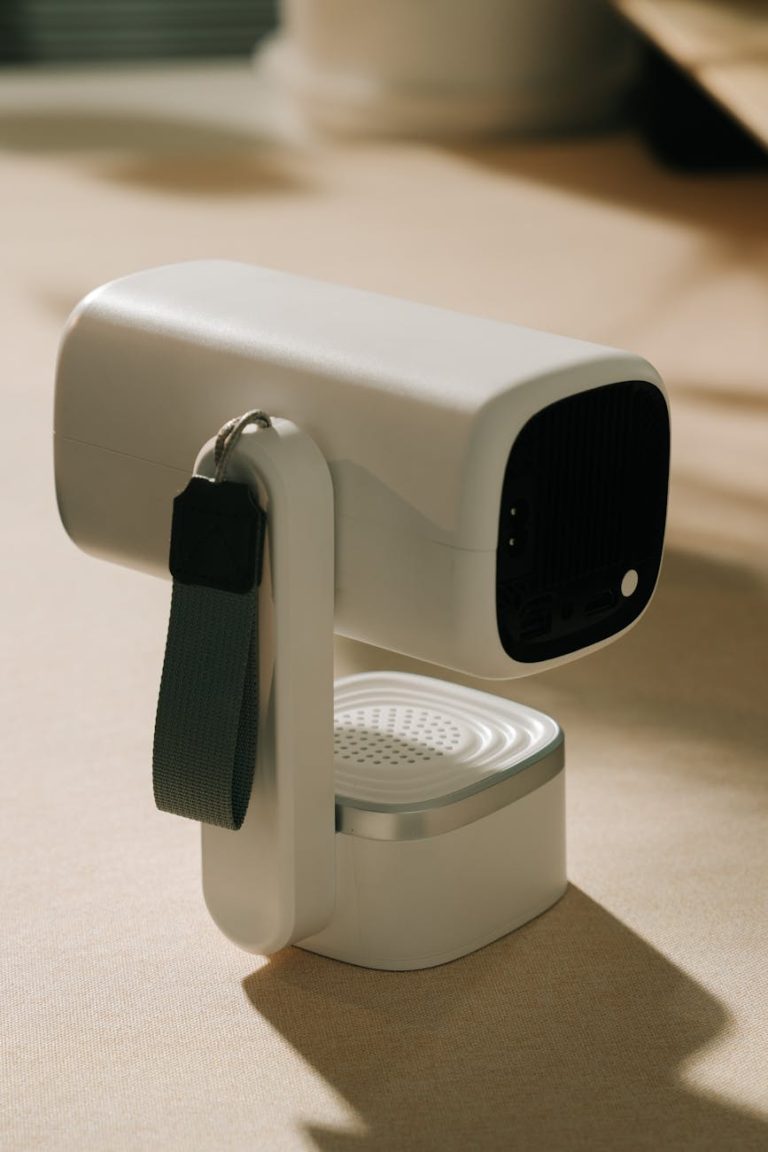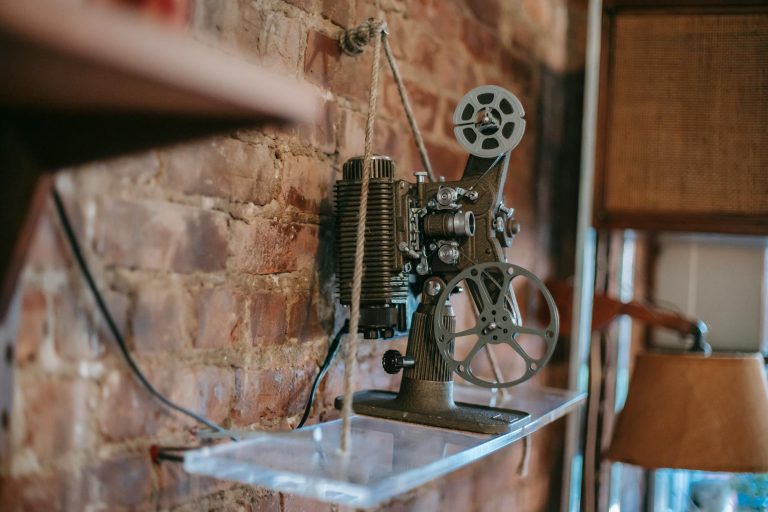In the realm of acoustics and sound engineering, achieving an optimal room treatment is crucial for obtaining the best possible audio quality. The effectiveness of room treatments can significantly impact the sound clarity, tonal balance, and overall listening experience. One of the key aspects of room treatment that often gets overlooked is the utilization of echo chambers. In this article, we will delve into the world of echo chambers and review their excellence when it comes to enhancing sound quality in various spaces.
Understanding Echo Chambers
Echo chambers are acoustic spaces designed to create reverberation effects in sound recording or music production. These chambers are typically equipped with reflective surfaces that bounce sound waves around the room, creating natural reverberation and adding depth to the audio. Echo chambers can vary in size and shape, with some being purpose-built rooms while others are simulated digitally using specialized software.
The Benefits of Using Echo Chambers
One of the primary advantages of utilizing echo chambers is their ability to add a sense of spaciousness and realism to recorded audio. By introducing controlled reverberation, echo chambers can make vocals and instruments sound more vibrant and dynamic. They can also help blend different tracks together seamlessly, resulting in a cohesive and polished final mix.
Echo chambers are especially beneficial for genres of music that rely heavily on ambiance and atmosphere, such as classical, jazz, and orchestral compositions. The natural reverberation created by these chambers can bring out the nuances in the music, making it more immersive for the listener. Additionally, echo chambers are used in film and television production to enhance dialogue and create a sense of depth in sound effects.
Incorporating Echo Chambers in Room Treatment
When incorporating echo chambers into a room treatment setup, it is essential to consider the acoustics of the space and the intended use of the audio recordings. The size and shape of the chamber, as well as the material of the reflective surfaces, play a significant role in determining the quality of the reverberation produced. Proper placement of microphones within the chamber is also crucial for capturing the right balance of direct sound and reverberation.
In modern recording studios, echo chambers are often integrated into the overall room treatment plan to create a versatile and dynamic audio environment. By utilizing a combination of acoustic panels, diffusers, and absorbers in conjunction with the echo chamber, engineers can achieve a balanced sound that is free from unwanted reflections and standing waves.
Conclusion
In conclusion, echo chambers are a valuable tool in the world of sound engineering and room treatment. Their ability to enhance audio quality, add depth to recordings, and create a sense of realism makes them indispensable for achieving professional-grade results. Whether used in music production, film sound design, or live performances, echo chambers offer a unique and effective way to elevate the listening experience. By understanding the principles behind echo chambers and incorporating them strategically into room treatments, audio professionals can unlock a world of sonic possibilities and unveil true excellence in sound reproduction.





